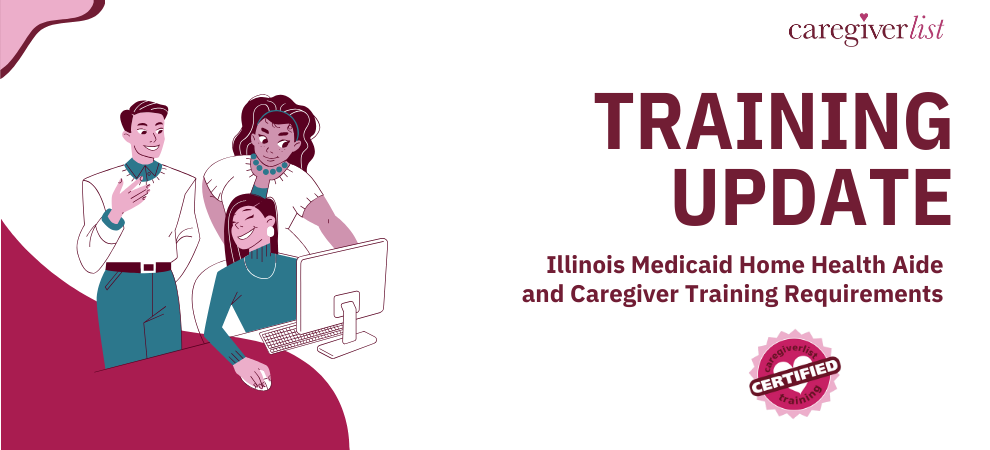Vital signs are the front line health metrics which help a care team assemble a picture of a patient’s current condition. Vitals typically measure temperature, pulse rate, and respiration rate, however, blood pressure levels are often also included.
Why is it helpful for a family caregiver to measure these key health indicators? In a time of concern (i.e. if your loved one is under the weather), checking their vitals helps you to gauge the severity of the situation from a health standpoint. If you’re wondering whether to take them to the E.R. or call their doctor, it can bring you peace of mind and help you make a clearer decision knowing that their blood pressure, temperature, and pulse are all normal and you’re not necessarily in crisis mode.
Checking vitals is often times what a nurse will do in the doctor’s office or hospital, however, it’s possible for any family caregiver to do it at home. Luckily, loads of technological medical devices are available at your pharmacy or online with which you can take accurate vitals readings digitally. Understanding the data you’re given, however, is a different matter.
Don’t miss this quick guide to checking and understanding vitals:
Temperature
Did you know that a normal body temperature may range anywhere from 97.8 to 99° F? 98.6° F is the average, however, your loved one may run a little colder or a little hotter than that. Knowing their baseline temperature will help you catch sudden spikes or drops that may require special attention.
Increases in body temperature, or fevers, are especially worth monitoring when they creep over 101° F. While a fever isn’t necessarily dangerous, high body temperatures may exacerbate symptoms of certain conditions like multiple sclerosis and dementia, especially if they are the result of an infection. If you are worried about a sudden fever, monitor your loved one’s temperature and record the readings every 1 to 3 hours; share this information with your loved one’s home health nurse and doctor.
Hypothermia, on the other hand, is a drop in body temperature below 95° F which typically results from exposure to the cold but can also be caused by low blood sugar, alcohol intoxication, and advanced age. A low body temperature coupled with hypothermic symptoms like shivering, increased heart rate, rapid breathing, and lack of coordination require immediate medical attention.
Respiration and Pulse Rates
Your loved one’s respiration rate, or the number of breaths they take in a minute, may range on average from 12 up to 20 breaths while at rest. Medical conditions and illnesses can affect how slow or how fast your loved one is breathing. Sudden changes in respiration rate should be monitored and reported to a medical care team.
Your pulse rate measures the number of times your heart beats in a minute; on average, pulse rates can range from 60 to 100 beats per minute. Pulse rate is typically measured with other helpful devices like a pulse oximeter or digital blood pressure monitor, however, you can easily measure pulse rate yourself with a couple fingers.
Gently place your forefinger and middle finger over the artery on the thumb side of your loved one’s wrist or on your loved one’s neck on either side of their windpipe. Set a timer for 60 seconds and then measure the number of thumps you feel with your fingers during that time. An exceedingly high pulse rate over 100 bpm is called tachycardia and may require immediate medical attention if it does not subside. The same goes for a pulse rate that is far lower thanyour loved one’s norm.
Blood Pressure
The clinical accuracy of blood pressure readings is a must in a good digital blood pressure monitor. Being able to quickly and clearly display an accurate reading, as well as record it and alert users to alarming readings, equips caregivers with health information they can rely on.
A normal blood pressure for a healthy individual is around 120/80 mmHg; it’s a measure of the force at which blood is being pumped through the circulatory system. Depending on your loved one’s condition, their baseline blood pressure may be higher or lower. Any unusual blood pressure reading that drops below 90/60 or jumps up above 140/90 could indicate that another underlying factor is at play, like an infection, and that your loved one should be monitored closely (and their doctor called).
Measure blood pressure regularly around the same time each day while your loved one is at rest, following the instructions that come with your digital monitor. Knowing what is a normal reading for your loved one will help you recognize potential warning signs sooner rather than later.







